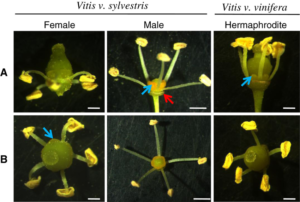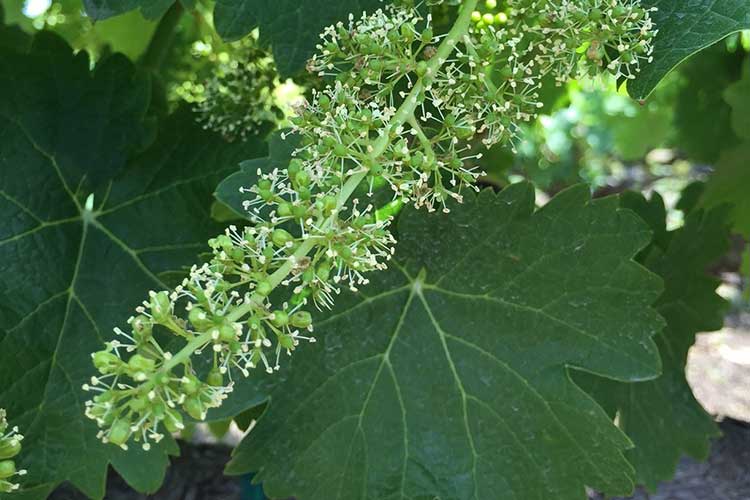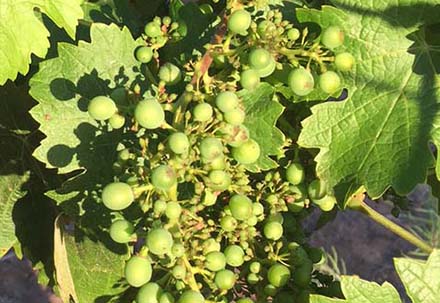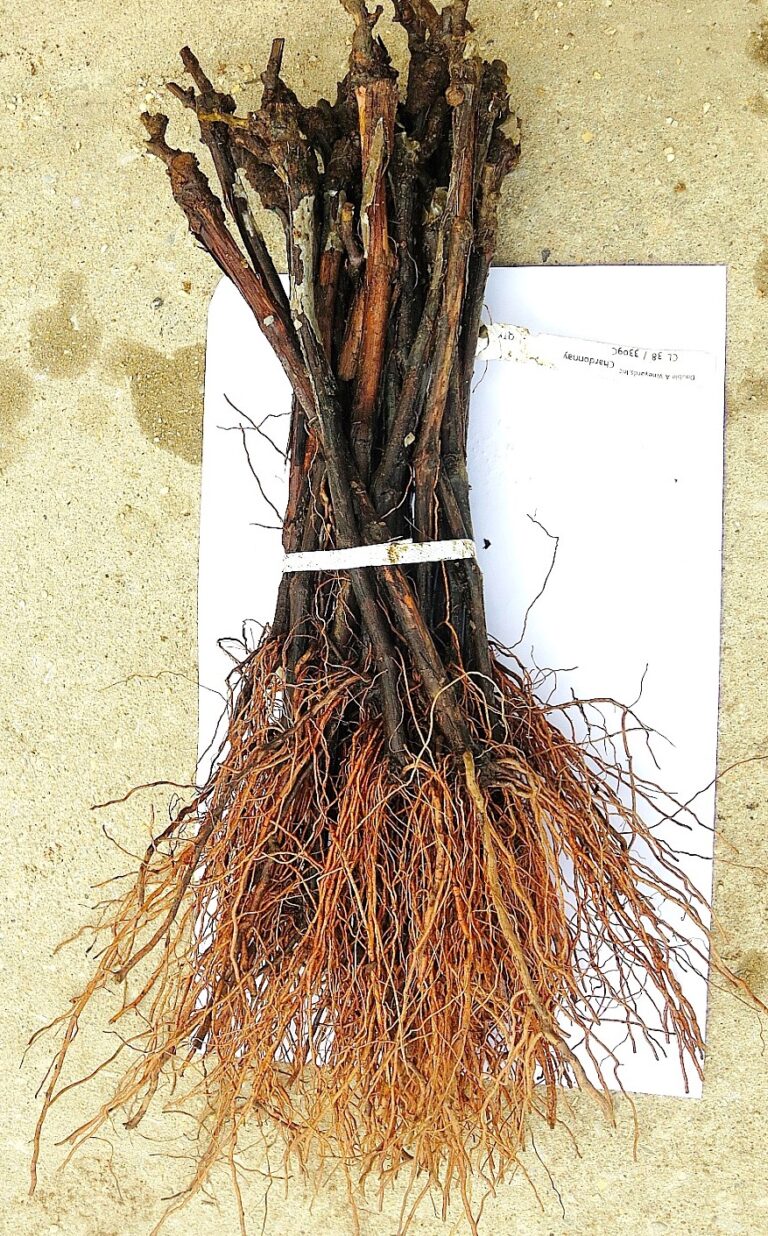This vintage has been an interesting one so far. I am not ready to go as far as calling it a “winemaker’s vintage,” but it definitely is going to be an intriguing one. The season began with an incredible amount of rain during the winter months. We saw over 28 inches of rain from January through May, which is over double the average. The remaining Spring months were uncharacteristically cool and this led to prolonged bloom.
Grapevines scientifically have what are known as perfect flowers. The other type of flower is an imperfect flower. An imperfect flower needs another plant in order to pollinate. These types of flowers rely on either wind, gravity or insects such as bees to transfer the pollen. But with a perfect flower, since it contains both the stamen and the pistil, a single plant can pollinate itself.

In either situation, the pollen must be removed from one flower’s stamen (male part) and land on another flower’s pistil (female part) The pollen must then travel down the style and deposit itself into the ovary in order for fertilization to complete.
Grapes typically begin to flower in early May. Flowering may be rather lackluster, but it is the most vulnerable time in their lifecycle as they are most susceptible to the elements. They have a short timespan in which they can be successfully fertilized. During this Spring, due to the cooler weather, flowering was delayed by about 10 days and it took almost three weeks to complete. In ideal conditions, this could take between 4 and 7 days. During this time, the temperature was pretty cool with many days dipping below the mid 60s. Longer bloom period means a longer time frame that the vine is vulnerable.
Cool weather, along with rainy or windy environments can significantly damage the precious flowers prior to completing fertilization. When fertilization doesn’t happen, the plant goes into “rescue mode.” In an attempt to preserve energy, the plant will drop the unpollinated berry.
Have you been missing the weekly Exploring the Wine Glass posts? They have moved. Sign up below to receive notification of new posts. Subscribe to Dracaena Wines’ blog in the sidebar on this page.
Remember the whole purpose of the reproductive stage of a grapevine is to reproduce. If the berry is not fertilized, it does not have a seed. Without a seed, the berry is basically worthless as it can not pass on its genes to the next generation. So the vine drops it, leaving only the peduncle. This looks similar to the old childhood game jacks, thereby acquiring the name; shatter or coulure. By dropping the unfertilized berry, the vine is able to retain energy and put it into the berries that can carry the lifecycle to the next generation.
Now that we have highlighted the bad news, here is the good news. Shatter does not affect the quality of the fruit. Actually, it can actually improve it. Since there are less berries, there will be less tonnage, but the fruit that remains on the vine will be extremely healthy. With less berries per bunch, the overall ripening will most likely be more uniform, allowing for easier decision making on when to harvest. So without any unforeseen complications, harvest will be later than typical, but the quality will be exceptional. Keep in mind, there will be not a lot of wine for this vintage, so be sure to get what you love when it is released!
~Slàinte!
Please follow us on Instagram, Twitter, Facebook and Youtube.
We’ve stacked the odds so that you can get our award winning wines without breaking the bank. Click the image to find out all of the benefits of joining the CHALK CLUB including discounted shipping and up to 25% off all purchases. .




